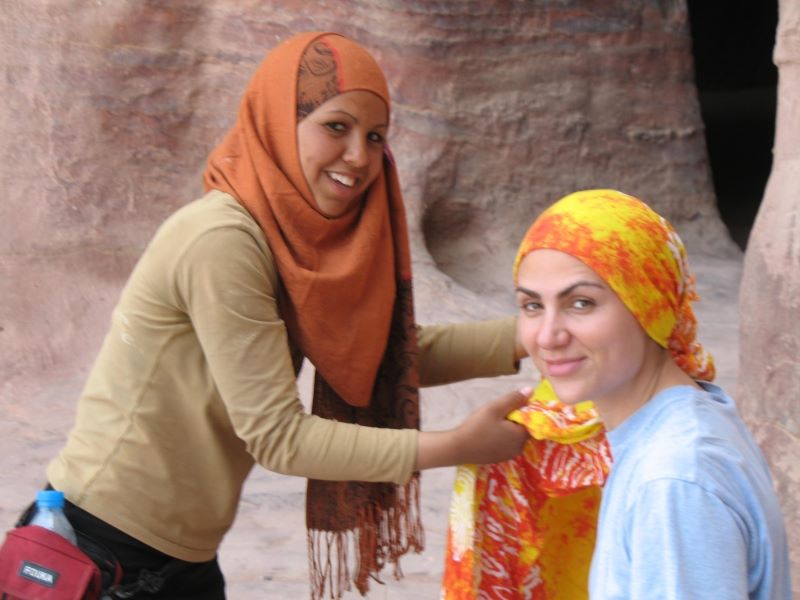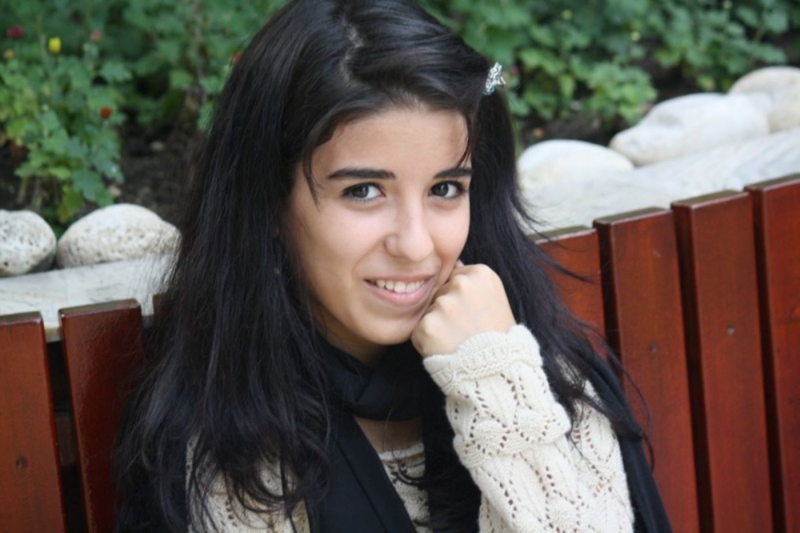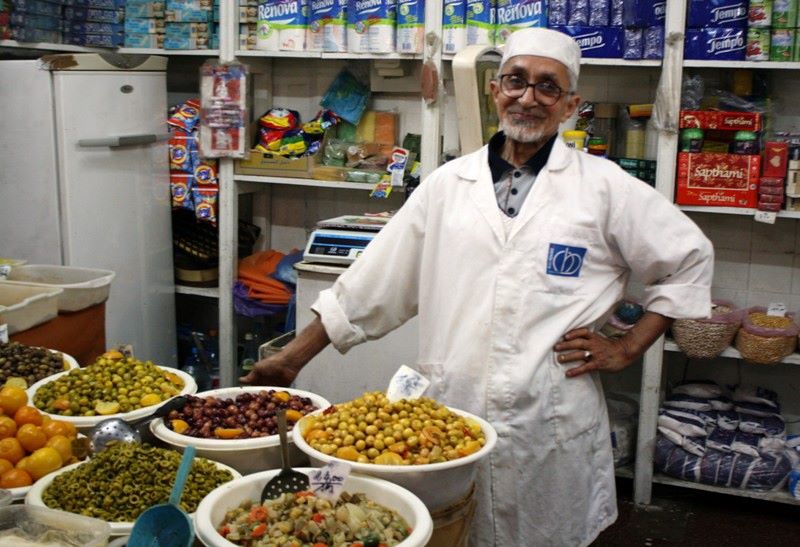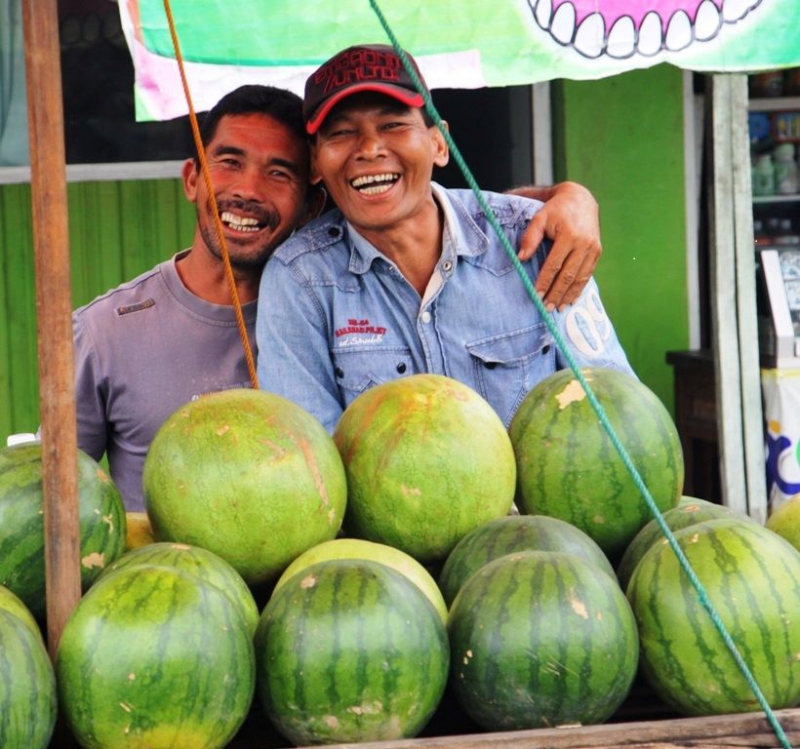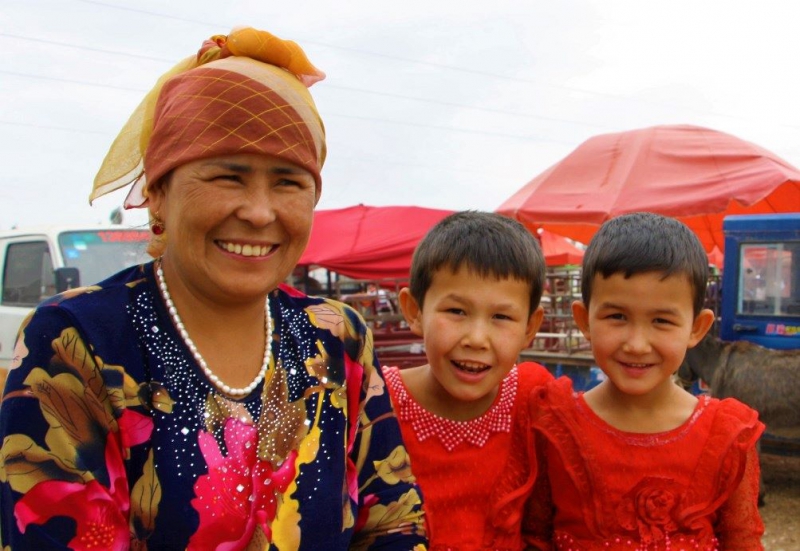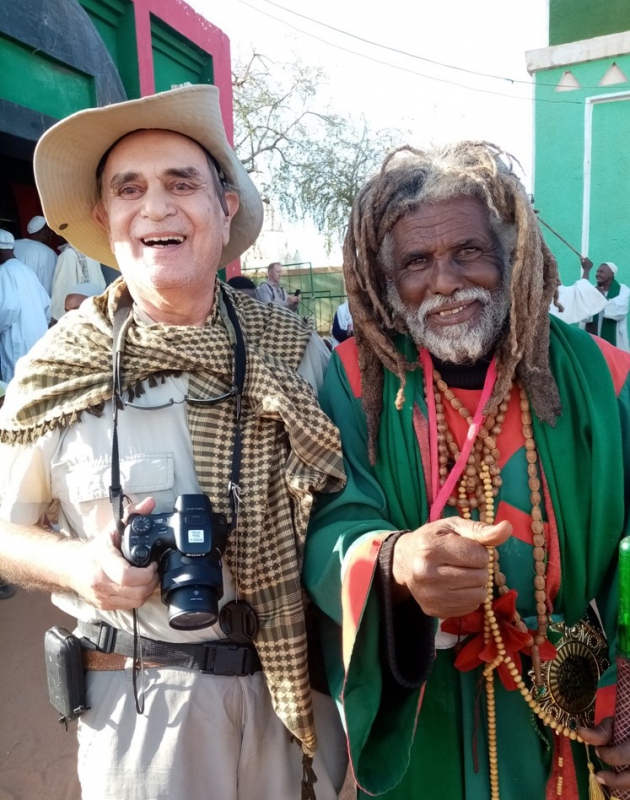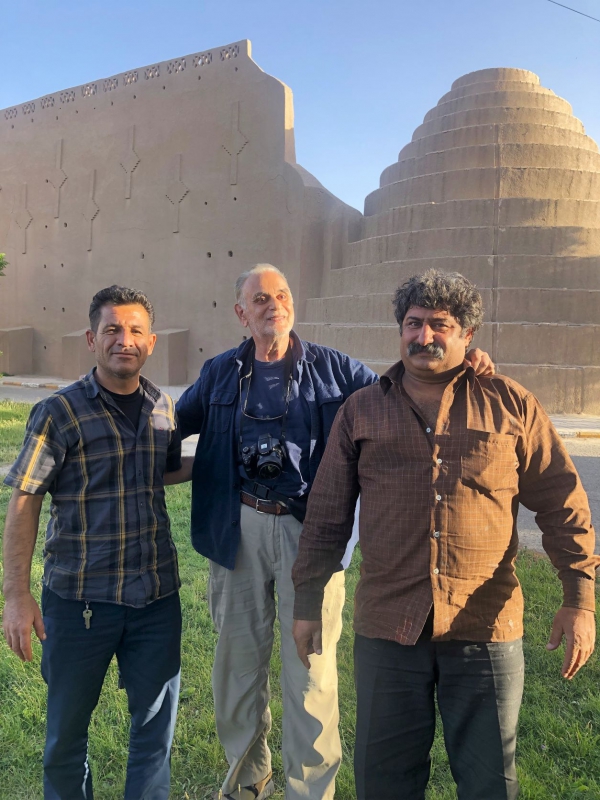The Nizwa Souk: Oman
Posted January 17, 2015 by JanNizwa (pop 84, 600)
Oman
January 16, 2015
At the Nizwa Souk this morning, sellers are selling families. Buyers are buying families.
Mothers and their children are white; others are brown or black. The seller leads his family group around a paddock while the buyers sit in a clutch, discuss the offerings, observe the quality of the merchandise and make a decision.

